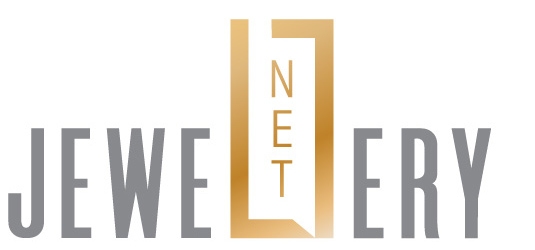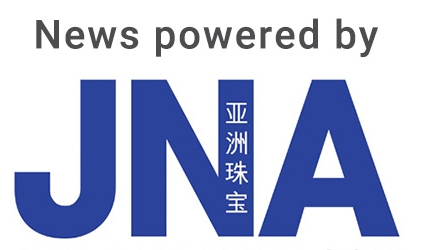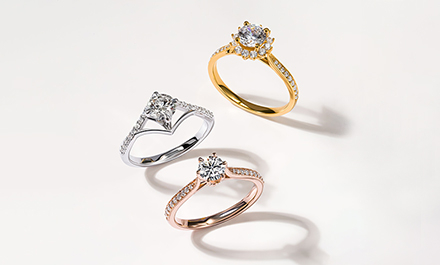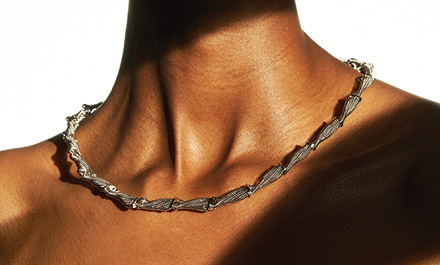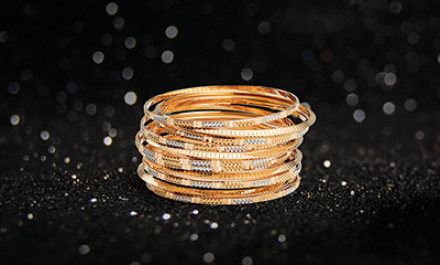Platinum Guild International is tapping opportunities in the jewellery sector by making platinum the premier innovator in the industry.
This article first appeared in the JNA January/ February 2023 issue.
PGI Director of Innovation and Product Development (IPD) Tai Wong talks about the key programmes undertaken by his team to facilitate the development of new technology, inspire design innovation and help the trade to enhance their expertise with platinum.
What are your main objectives?
PGI China’s objective is to help our partners tap into growth areas in jewellery. In China, these are branded collections, young consumers and new channels, particularly beyond the bridal segment where platinum is the preferred metal by consumers. Unlocking these growth opportunities fundamentally requires products that would appeal to new consumer segments. The IPD function drives greater design possibilities by empowering our partners through education, consulting and collaboration. Under IPD’s influence, there has been more development in platinum products, particularly those targeting young consumers, in the last five years than in the past decade.
How are you engaging the trade on platinum tech and design?
In our content programme, Platinum ABC®, platinum experts and jewellers impart their knowledge to the trade for greater manufacturing efficiencies and product innovation. The videos can be viewed on YouTube. These were also translated and posted on our WeChat trade official account for the benefit of our China-based partners. The 2022 goal was to create content by uploading one video per week. As of December, we have more than 80 videos garnering some 16,000+ views. The goal for 2023 is to build an online community and bring our platinum experts, designers and other stakeholders together in our social media channels. We will reach out to international companies that are making substantial strides in platinum technology, production or jewellery retail and highlight their achievements for the trade’s benefit. (https://youtube.com/@platinumABC)
Why is alloy research most important for platinum innovation?
Platinum is traditionally deemed too soft for certain manufacturing processes. The China market generally uses 95 per cent platinum and 5 per cent copper or palladium, but this cannot yield fineness akin to the lower saturation 18-karat gold. PGI thus focused on developing harder alloys with the trade to create a level playing field with alloys of other precious metals. For the past three years, we introduced and tested new heat-treatable alloys with gallium (Ga) while the trade used indium (In), which brought hardness up to 130-150Hv and even up to over 200Hv after heat treatment. Harder platinum allows more design possibilities such as finer chains, open shapes, more intricate cross-sections, super-hollow elements, new semi-finished products, and more stable gem-setting, among others. It shortens polishing time, improves CNC and engraving, eliminates deformities through stronger settings, reduces production wastage, accommodates complex processes and produces a different shine. Moving forward, we are going to look into amorphous metal or bulk metallic glass, which will deliver unprecedented platinum attributes, including high elasticity, super high strength and ultra-high hardness at 500+ Hv.
What new manufacturing processes are available for platinum?
Electroforming is changing the game for design, with manufacturers producing lighter platinum chains and bracelets of under 10 to 15 grams. 3D printing is also promising since platinum has low light reflectivity and low heat conductivity. 3D-printed platinum items also have twice the yield strength of casted pieces. PGI is working to help develop more sources of platinum powder, which is currently limited. We are also working with world-leading alloy and 3D printing producers like Progold in Italy. We partnered in their 2022 design competition where participating design schools reinvent design classics for French luxury jewellery brand Chaumet. Such projects nurture creativity while showcasing the benefits of 3D printing for platinum.
How do these innovations create commercial opportunities?
Since electroforming technology enables the production of lighter chains and bracelets, platinum is entering new segments such as men’s jewellery and unisex jewellery. Yellow gold still dominates the traditional men’s jewellery segment in China, but the younger generation seek more modern options. Platinum ABC® produced a series of trend videos showcasing platinum in young, rebellious and even gothcore styles, which is a growing fashion trend among China’s youth. On the other hand, for our Pt Edition programme, we work with top/renowned designers to promote platinum collections to consumers. Our first collaboration is with Stephen Webster, who launched his first exclusively platinum bridal collection in his store in Korea. He commonly uses more k-gold and silver but was amazed when he saw his bridal rings in platinum.
What can we expect from PGI moving forward?
PGI China will continue to help our partners thrive in three key growth areas in jewellery – branded collections, young consumers and new channels. While these each need targeted programmes, product innovation is the unifying factor. PGI China will therefore continue to drive innovation through experimentation and enabling commercialisation with all the IPD programmes I mentioned earlier. We are at the forefront of technology, design, market insights, consumer targets and sales activation. PGI China is tenaciously focused on our ambition to be the premier innovator of the jewellery industry.
